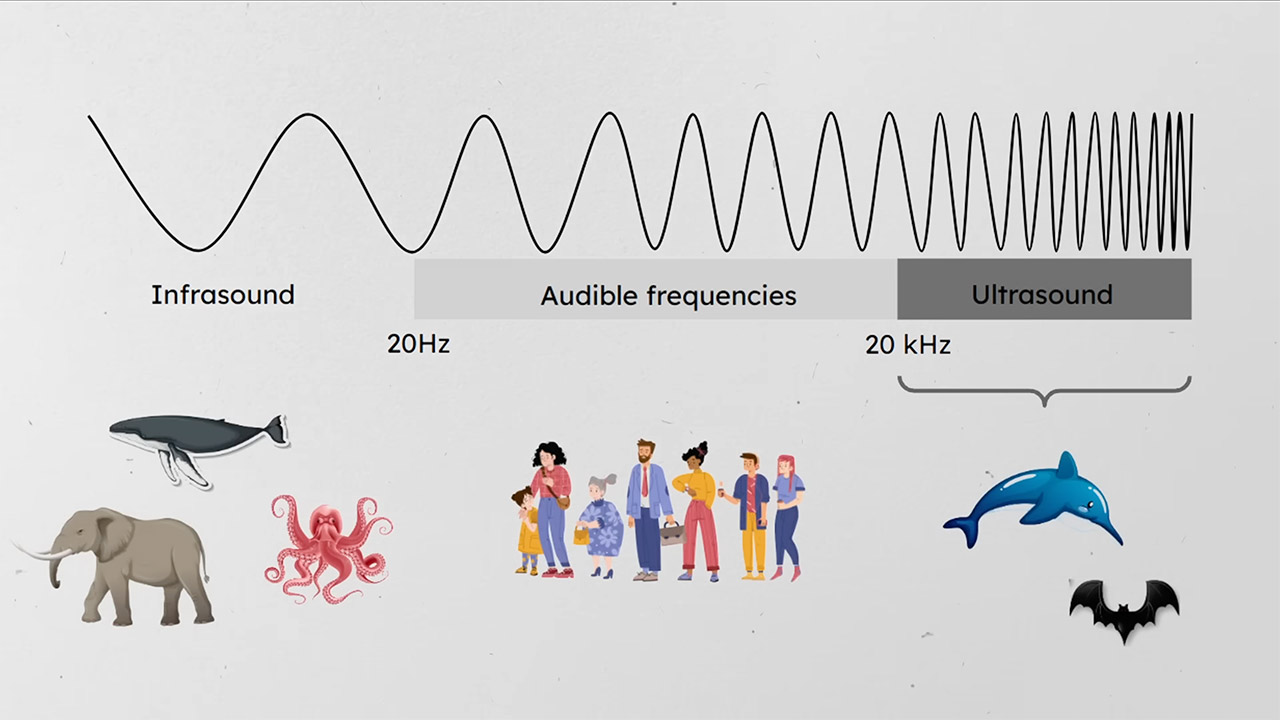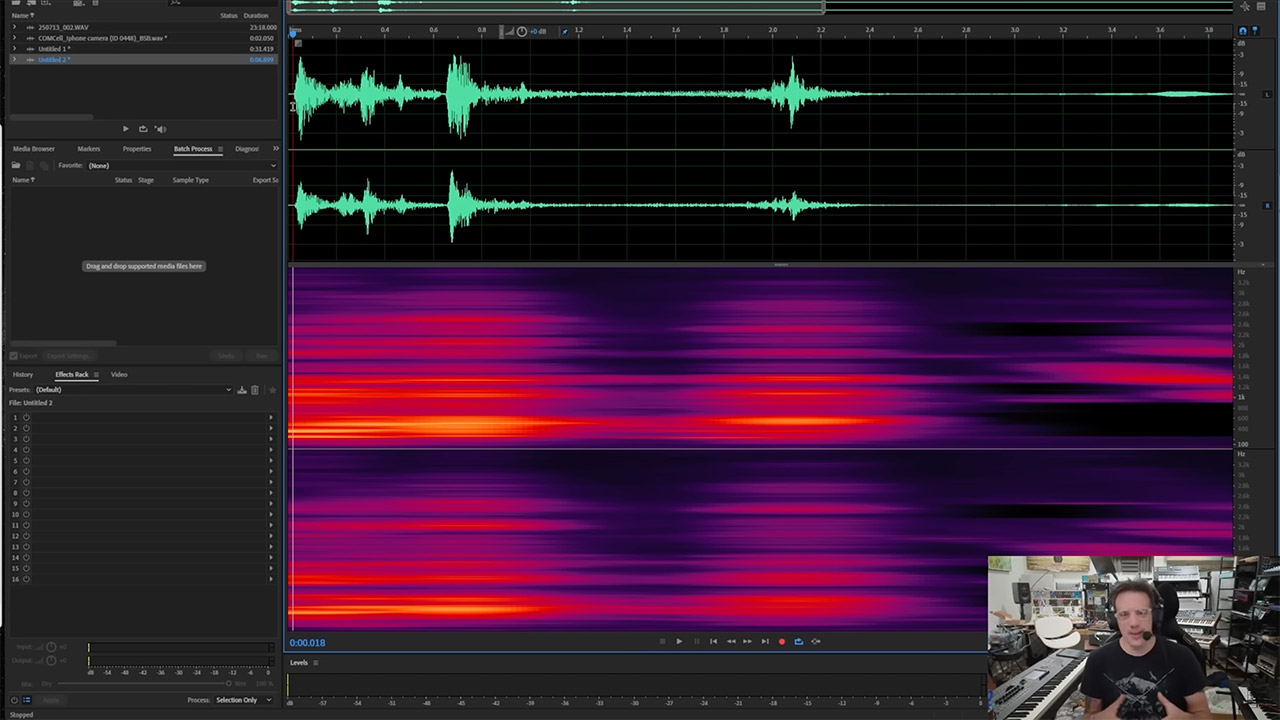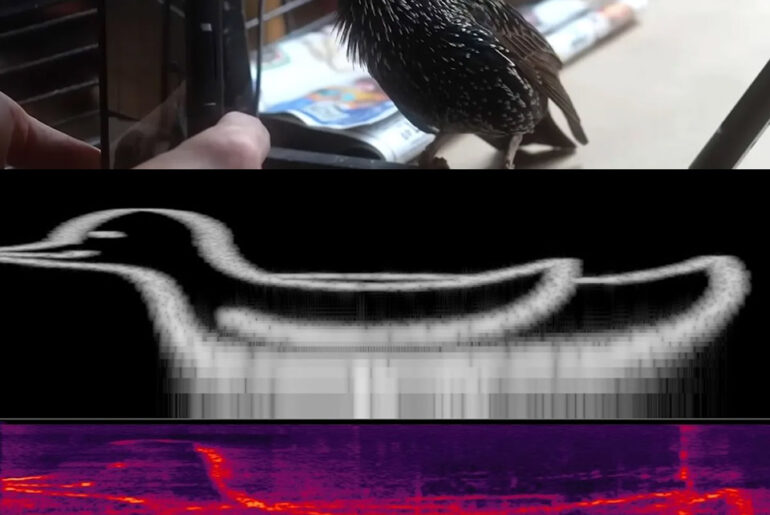
In Louisville, Kentucky, a starling named The Mouth, rescued as a fledgling, has learned to mimic a sound encoding a digital bird image. Guided by Benn Jordan, a science and music enthusiast, this project combines the starling’s natural mimicry with technology to show how songbirds can carry data.
Starlings have a syrinx, a vocal organ with up to 14 muscle pairs, that can produce complex sounds from whistles to human-like noises. Jordan was curious if a starling could mimic a sound from a visual. He converted a simple bird drawing into an audio waveform using a spectral synthesizer, mapping pixels to frequencies, and taught it to The Mouth, raised by artist and animal caretaker Sarah Tidwell in a human environment filled with sounds like iPhone shutters.
- Small but Mighty - The DJI Mic Mini lavalier microphone transmitter is small and ultralight, weighing only 10 g, [1] making it comfortable to wear,...
- Detail-Rich Sound - Mic Mini wireless microphones delivers high-quality audio. A 400m max transmission range [2] ensures stable recording, even in...
- Extended Battery, More Recording Time - Mic Mini wireless lavalier microphone with Charging Case offers up to 48 hours of battery life, [3] ideal for...

At first, The Mouth’s mimicry during recording was unclear, but analysis of the ultrasonic microphone data revealed a spectrogram matching the bird image’s waveform. This vocalization stored about 176 kilobytes of uncompressed data, which could be converted back into a rough visual. It was off-pitch by 50-60 hertz, but had recognizable fidelity, which means 2 megabytes per second with compression, limited by the bird’s consistency and ambient noise.

The experiment shows the starling’s syrinx can precisely replicate the waveform’s frequencies. The Mouth, exposed to human sounds like Tidwell’s voice and train tracks, extended his natural mimicry to artificial audio. This means songbirds could theoretically be biological data carriers, combining ancient vocal abilities with modern technology.

Tidwell’s role was key, hand-raising The Mouth after finding him near a noisy train track. Her care shaped his vocal repertoire, including near-perfect iPhone shutter mimicry. Her work as an artist and rescuer highlights the human-animal bond at the heart of the project.

The implications go beyond this experiment, songbirds’ mimicry could inspire new data transmission concepts, though practical applications are far off. Starlings are often seen as pests, but they show intelligence through murmurations and precise sound reproduction, challenging their bad reputation.
Jordan’s approach is accessible, using tools like the $100 AudioMoth recorder and Raspberry Pi with free software like Merlin Bird ID. His $500 setup, including ultrasonic microphones and a Zoom F3, proves it’s within reach for enthusiasts.
[Source]










